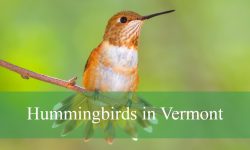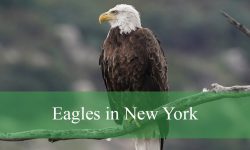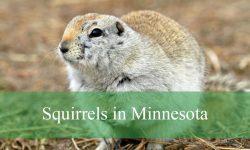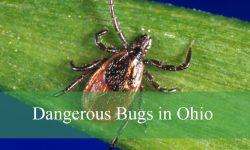Maryland is home to a dazzling variety of hummingbirds, each bringing vibrant colors and incredible agility to the skies. Birdwatchers in the state are often delighted by these tiny, fast-moving creatures that hover and dart with unmatched precision.
From the ruby-throated to rare migratory species, Maryland offers a perfect habitat for hummingbirds during their seasonal journeys. Gardens, forests, and wetlands provide ample nectar sources and nesting spots for these energetic birds.
Identifying hummingbirds in Maryland can be a rewarding experience for anyone interested in nature. This guide highlights five hummingbird species in the state, complete with pictures and tips for easy identification.
Types of Hummingbirds Found in Maryland
Rufous Hummingbird (Selasphorus rufus)
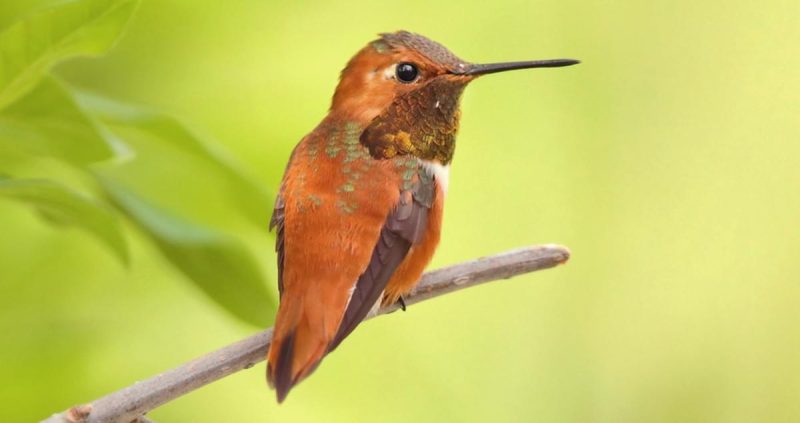
Rufous Hummingbirds are slightly smaller than Ruby-throated, with a stocky body and distinctive reddish-orange coloring in males. Males feature a bright orange-red throat and coppery back, while females have green backs and spotted throats with orange highlights. Their tail feathers are often slightly forked, and their wings appear shorter in proportion to their body.
These hummingbirds are famously aggressive, often displacing other hummingbirds from feeders or flowers. They feed on nectar from a wide variety of native and cultivated flowers, as well as small insects and spiders. Their feeding habits require them to constantly patrol territories during migration and summer visits.
Rufous Hummingbirds are primarily western and migrate along the Pacific Coast, but vagrants sometimes appear in Maryland during fall migration. They are more likely to be spotted along the state’s forest edges, parks, or backyard feeders. Maryland sightings are rare, making them a prized observation for birders.
Their breeding grounds are in the Pacific Northwest, so Maryland individuals are typically migratory vagrants rather than local breeders. Their long-distance migration covers thousands of miles, demonstrating remarkable endurance. Observers should be aware that these birds often appear from late August through October, and their aggressive feeding behavior can make them easy to spot despite their rarity.
Ruby-throated Hummingbird (Archilochus colubris)
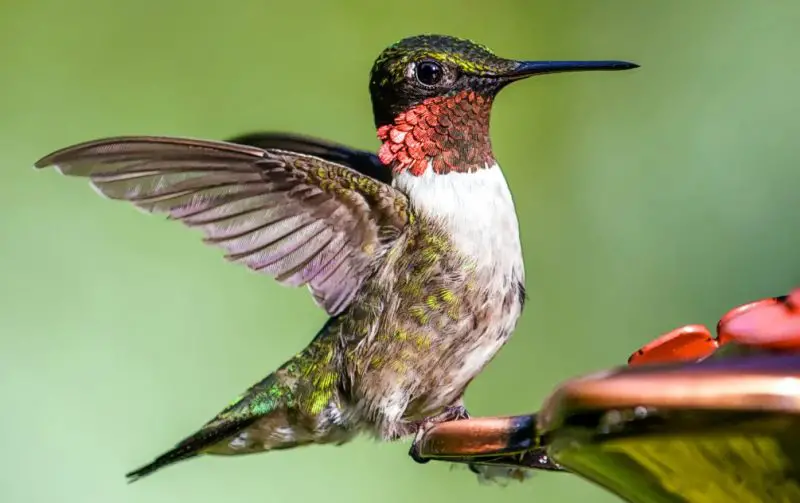
The Ruby-throated Hummingbird is Maryland’s most common hummingbird species, especially during spring and summer. Males are easily recognized by their bright, iridescent red throat, green back, and white underparts, while females lack the red throat and have a plain white chest. Both sexes have a slender, slightly curved bill ideal for accessing nectar. Their wings beat extremely fast, producing the characteristic humming sound that gives the species its name.
These hummingbirds are highly territorial, often chasing away other hummingbirds and even larger birds from feeding areas. They feed primarily on nectar from tubular flowers and feeders but supplement their diet with small insects and spiders for protein. Their rapid wing movement allows them to hover in midair, making them highly agile and efficient feeders.
Ruby-throated Hummingbirds are commonly found in Maryland’s gardens, woodlands, and suburban areas. They migrate from Central America, arriving in the state around mid-March to mid-April and departing for the south in late September. Maryland’s native flowers, feeders, and mild climate provide excellent stopover and breeding habitats.
The female constructs a tiny cup-shaped nest using plant down, spider silk, and lichens, usually on horizontal tree branches. Clutch size is typically two eggs, which hatch after about 12–14 days. Males do not assist in raising the young, leaving all nesting and feeding responsibilities to the female. This species is highly adaptable and has benefited from widespread garden feeders across the state.
Allen’s Hummingbird (Selasphorus sasin)
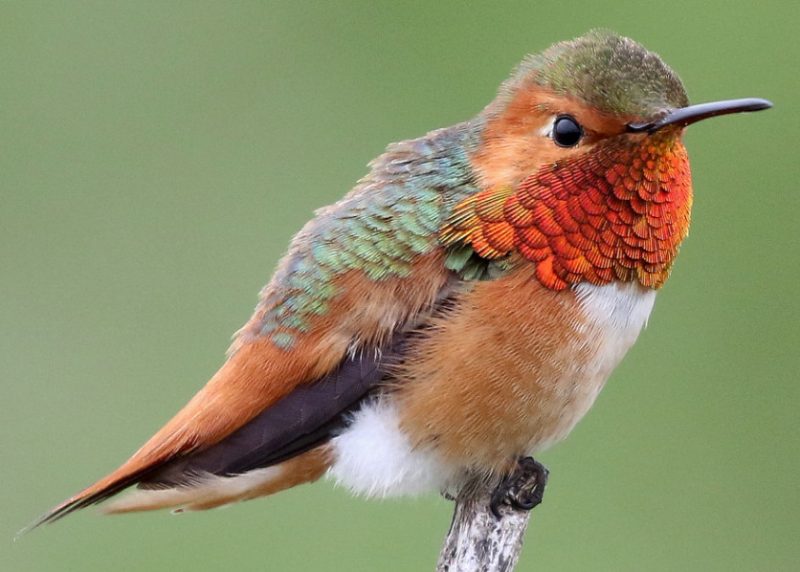
Allen’s Hummingbirds closely resemble Rufous Hummingbirds, with males displaying bright orange-red throats and rufous backs. Females are green-backed with pale underparts and faintly spotted throats. A subtle difference is that Allen’s males have more golden-orange tones on their backs, and their tails are slightly rounded rather than forked.
Like Rufous Hummingbirds, Allen’s Hummingbirds are aggressive feeders and territorial around nectar sources. They consume nectar and tiny insects to meet the high energy demands of rapid wing flapping. Hovering flight and quick darting movements are key traits for both feeding and avoiding predators.
Allen’s Hummingbirds are primarily native to the western United States and are extremely rare in Maryland. Occasional individuals are recorded as vagrants during migration or storm-displaced flights. Backyard feeders, especially those attracting Rufous Hummingbirds, sometimes record sightings, offering birders a unique opportunity.
Their breeding grounds are on the West Coast, particularly California, and Maryland does not host breeding populations. Migratory Allen’s Hummingbirds travel along the Pacific Flyway, so sightings east of the Mississippi are considered highly unusual. Birders observing an Allen’s in Maryland are witnessing a remarkable migratory anomaly.
Calliope Hummingbird (Selasphorus calliope)
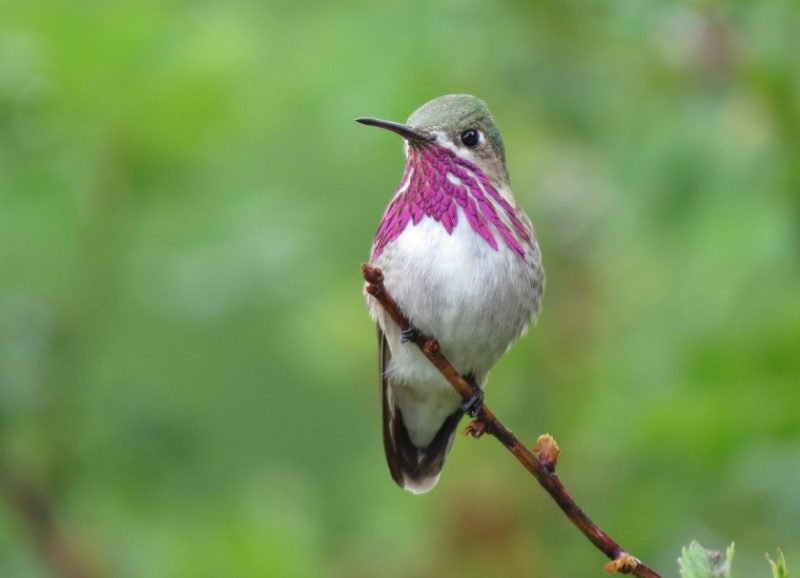
The Calliope Hummingbird is the smallest breeding bird in the United States, measuring only 3–3.5 inches. Males display striking magenta throat streaks and green upperparts, while females have muted green backs and pale underparts. Their tails are relatively short and rounded, making them appear compact compared to larger hummingbirds.
These birds are extremely agile, capable of hovering and performing acrobatic aerial maneuvers to feed on nectar. They maintain high-energy feeding routines to support migration and breeding activity. Calliope Hummingbirds also consume tiny insects for protein, particularly during breeding and early migration.
Calliope Hummingbirds breed in the northwestern United States and western Canada. Rare vagrants sometimes appear in Maryland during fall migration, making sightings highly prized among local birders. They prefer forest edges, gardens, and areas with abundant flowering plants if present in the state.
These hummingbirds breed in mountainous habitats, with females solely responsible for nest construction and chick rearing. Maryland individuals are almost always migratory strays, appearing from late August through October. Their remarkable migratory ability allows them to travel thousands of miles despite their tiny size.
Black-chinned Hummingbird (Archilochus alexandri)

Black-chinned Hummingbirds are slightly larger than Calliope Hummingbirds. Males have iridescent purple throats with a black border, green backs, and grayish underparts. Females are duller, with green backs and white underparts, often featuring faint streaking on the throat. The slender, slightly curved bill is adapted for reaching deep nectar sources.
This species is known for its territorial behavior, defending feeders and flower patches aggressively. They hover with rapid wing beats and capture insects on the wing for protein. Their feeding strategy balances high energy intake from nectar with the need for small arthropods to support growth and reproduction.
Native to the southwestern United States, Black-chinned Hummingbirds are extremely rare in Maryland. Occasional vagrant sightings occur, primarily during late summer or fall migration. They tend to favor backyard feeders or gardens with tubular flowers, which can temporarily support these migrants.
Black-chinned Hummingbirds breed primarily in the arid and semi-arid regions of the western U.S., so Maryland hosts only transient individuals. Migration occurs along the western flyways, but storms or displacement can carry them eastward. Observers in Maryland witnessing this species are seeing a remarkable migratory wanderer.
Best Time and Places to Observe Hummingbirds in Maryland
The best time to observe hummingbirds in Maryland is generally from mid-April through September. Spring migration brings Ruby-throated Hummingbirds to the state around mid-March to early April, and they remain through the summer for breeding. Late summer to early fall, from August to September, is ideal for spotting rare vagrant species like Rufous, Allen’s, Calliope, and Black-chinned Hummingbirds as they pass through or get displaced during migration.
Gardens with nectar-rich flowers, backyard feeders, forest edges, parks, and suburban green spaces are the most reliable places to observe hummingbirds. Planting tubular flowers such as bee balm, trumpet vine, salvia, and honeysuckle, or providing sugar-water feeders, increases your chances of attracting multiple species. Early morning and late afternoon are typically the most active times, as hummingbirds feed heavily to sustain their high metabolism.
Maryland birdwatchers can also find hummingbirds along riverbanks, woodland edges, and nature preserves, where native wildflowers are abundant. Vagrant species are often spotted near migration corridors, backyard feeders, and botanical gardens, particularly during periods of bad weather or storms that displace birds from their usual routes. Observation hides, binoculars, or camera setups can enhance the experience without disturbing these small, agile birds.
Maintaining a continuous supply of feeders and planting a variety of flowering plants throughout the season can attract both common and rare hummingbird species. Hummingbirds are highly territorial, so providing multiple feeding spots in larger gardens helps reduce aggressive interactions and ensures more birds can feed.
FAQs about Hummingbirds in Maryland
What hummingbird species are most commonly seen in Maryland?
The Ruby-throated Hummingbird is by far the most common species, while Rufous, Allen’s, Calliope, and Black-chinned Hummingbirds are rare vagrants mostly seen during fall migration.
When is the best time to see hummingbirds in Maryland?
Spring and summer, from mid-April through September, is ideal. Rare vagrants may appear from August to October during migration.
Where are the best places to observe hummingbirds?
Gardens with nectar-rich flowers, backyard feeders, forest edges, parks, and nature preserves are excellent spots. Riverbanks and botanical gardens can also attract rare species.
How can I attract more hummingbirds to my garden?
Planting tubular, nectar-rich flowers and maintaining sugar-water feeders with fresh solution attracts hummingbirds. Providing multiple feeding stations can reduce territorial disputes.
Do hummingbirds migrate through Maryland?
Yes, Ruby-throated Hummingbirds breed in Maryland and migrate south for the winter. Rare western species like Rufous, Allen’s, Calliope, and Black-chinned are occasional migratory vagrants.


